Prosperity Gospel history has its roots in the 19th-century New Thought movement. By all accounts, Norman Vincent Peale and E.W. Kenyon were the first Christian pastors to incorporate New Thought ideas into their ministries. New Thought teaches you can achieve healing and wealth by using the power of your mind.

When you think about the Prosperity Gospel, well-known preachers such as Creflo Dollar, Kenneth Copeland, and Joel Osteen come to mind. However, this controversial doctrine didn’t start with them. The movement started decades before reaching mainstream Christianity.
Several religious figures played a role in the development of the Prosperity Gospel. The most notable include Norman Vincent Peale, E.W. Kenyon, A.A. Allen, T.L. Osborn, Oral Roberts, and Kenneth Hagin.
Table of Contents
- Watch the Video
- A Shift in Thought
- Positive Thoughts
- A New Foundation
- Seeds of Prosperity
- Miracle Money
- Wealth on Display
- A Worldwide Gospel
- Recap
- Find Out More
Watch the Video
A Shift in Thought
Before the Prosperity Gospel, there was the New Thought movement. This movement started in America during the 1800s. The central teaching is that you can achieve healing and wealth by using the power of your mind. It emphasizes visualizing what you want, thinking positive thoughts, and speaking positive affirmations.
While some supporters of the Prosperity Gospel argue there’s no relationship between the two movements, history shows otherwise. New Thought influenced at least two forerunners of the Prosperity Gospel theology.
Positive Thoughts
Norman Vincent Peale incorporated some New Thought ideas and techniques into his ministry. He was the pastor of the Marble Collegiate Church in New York City. He’s most well-known for his popular, best-selling book The Power of Positive Thinking. As the title suggests, Peale believed focusing on positive thoughts could improve your life.
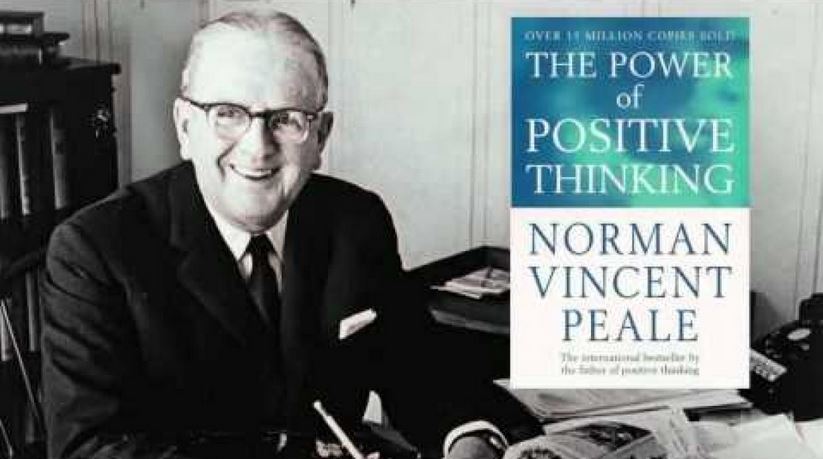
A New Foundation
E.W. Kenyon is mainly credited for laying the foundation of the Prosperity Gospel. Kenyon was a Baptist preacher exposed to New Thought while attending Emerson School of Oratory. He wrote extensively about the power of the mind, positive declarations, and supernatural revelation.
Kenyon’s key teachings include the following:
- Instructing Christians that they were entitled to divine healing
- Using positive, faith-filled words
- Viewing prayer as a legal act
- Telling believers they can demand healing
The basis of his teachings is that Jesus Christ’s death on the cross guaranteed them many blessings. Because of this, believers have the right to demand what is legally theirs. In this case, divine health and well-being.
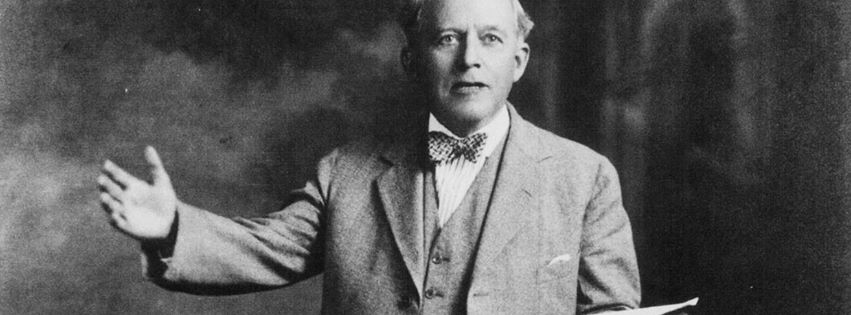
In the 1950s, healing revivals were popular in the United States. Tent revivals were particularly common within Pentecostal circles. During this time, Kenyon developed relationships with prominent Pentecostal leaders. They found Kenyon’s teachings about healing very appealing. At this point, the fledgling Prosperity Gospel began taking shape and eventually became a staple within the Pentecostal and Charismatic movements.
Seeds of Prosperity
Oral Roberts began his ministry by conducting healing revivals. In the late 1940s, he began preaching the Prosperity Gospel. Roberts preached about laws of faith and what he called the “blessings pact.” He said this pact would result in his supporters receiving a sevenfold return on donations to his ministry.
By the 1970s, the “blessing pact” was renamed the “seed-faith” doctrine. Roberts proclaimed donations were like seeds. Supporters who gave these donations (or seeds) to his ministry would receive a supernatural return above and beyond the amount they donated.
He is the founder of Oral Roberts University. Additionally, Roberts is one of the first Prosperity Gospel preachers to use television to spread his message.
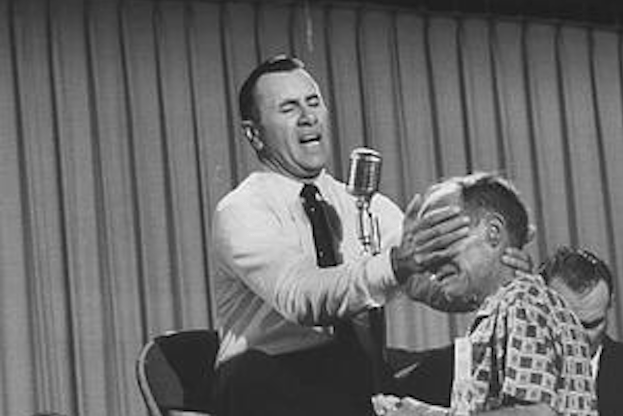
Miracle Money
A. A. Allen was a faith healer and contemporary of Oral Roberts. Initially, an emphasis on financial blessings distinguished Allen from other Prosperity Gospel preachers. Up to this point, healing was the main focus of prosperity theology. Allen believed faith could be used to bring about financial miracles.
Allen wrote The Secret to Scriptural Financial Success in 1953. He also promoted merchandise such as anointed prayer cloths and miracle tent shavings. A central theme in his teachings was the power of the spoken word. This became known as the “word of faith.”

Wealth on Display
T.L. Osborn is a prosperity preacher who emerged during the 1950s. Like Allen, his ministry focused more on material riches than healing. He was known for flaunting his wealth. His flashy style drew criticism from some Pentecostals. They believed the emphasis on financial success could corrupt the spiritual well-being of believers. A. A. Allen faced the same type of criticism.
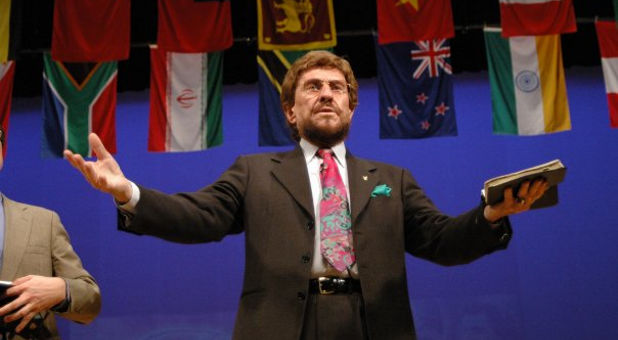
A Worldwide Gospel
The Prosperity Gospel continued to flourish. However, it was still an American cultural phenomenon. Kenneth E. Hagin changed this. He’s credited with turning this American gospel into a global movement.
Hagin is the brainchild of the 1970s Word of Faith movement. The basis of this belief system is Christians can speak words of faith to bring things into existence. He is also the founder of Rhema Bible Training Center, which teaches the prosperity and word of faith gospels.
Since 1974, thousands of students have graduated from this institution and helped spread Hagin’s teachings to Christians around the globe. Like Oral Roberts, Hagin reached millions with his TV ministry.
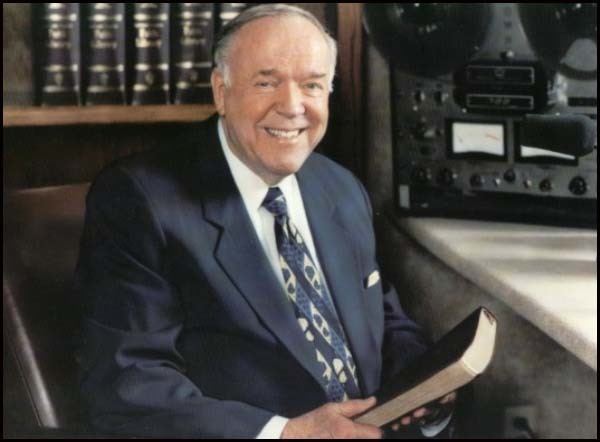
Recap
Many American preachers played a role in the evolution of the Prosperity Gospel. It can be argued that this theology has its roots in the 19th-century New Thought movement. By all accounts, Norman Vincent Peale and E.W. Kenyon incorporated New Thought ideas into their ministries. A few examples include using the power of positive thoughts and words to obtain healing and material wealth.
As the Prosperity Gospel gained momentum, obtaining financial blessings became a dominant theme. This phase of the movement is associated with A. A. Allen and T.L. Osborn. By the 1970s, Oral Roberts and Kenneth Hagin ushered in an updated version of the Prosperity Gospel. Roberts was well known for his seed-faith doctrine, while Hagin spearheaded the Word of Faith movement. Both men had TV ministries that took the Prosperity Gospel worldwide.
Find Out More
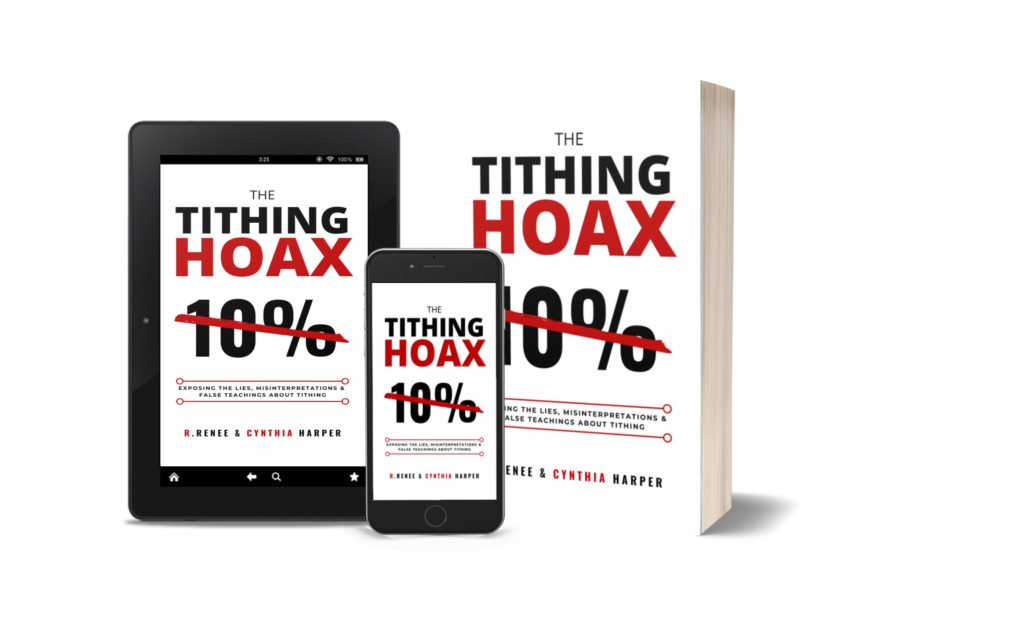
Discover the hidden truth about tithes the church doesn’t want you to know. Click here. All verses listed are from the King James Version of the Bible unless stated otherwise.









